A day at the beach with your little bundle of joy is an experience that every parent cherishes. However, looking after your baby when you’re away from home is never easy, and the added risk of diaper rash is always there. Diaper rash is a common skin condition that can cause discomfort and can even become a cause of worry.
Before heading to the beach with your baby, we have covered everything you need to know. We have listed tips for preventing diaper rash and choosing the right diaper for your child for a perfect day at the beach. We have even provided essential tips for preventing beach diaper rash and treating diaper rash on the beach.

What Causes Diaper Rash?

Diaper rash can be a common occurrence for babies at the beach. The main cause of diaper rash is prolonged exposure to wetness and irritation from urine and faeces. When a baby’s diaper is not changed frequently enough, the skin becomes exposed to moisture for extended periods, leading to inflammation and redness. Here are some causes of diaper rash:
- Prolonged exposure to urine and feces
- Friction and chafing
- Moisture
- Sensitive skin
- Allergies or irritants
6 Tips To Prevent Diaper Rash At The Beach
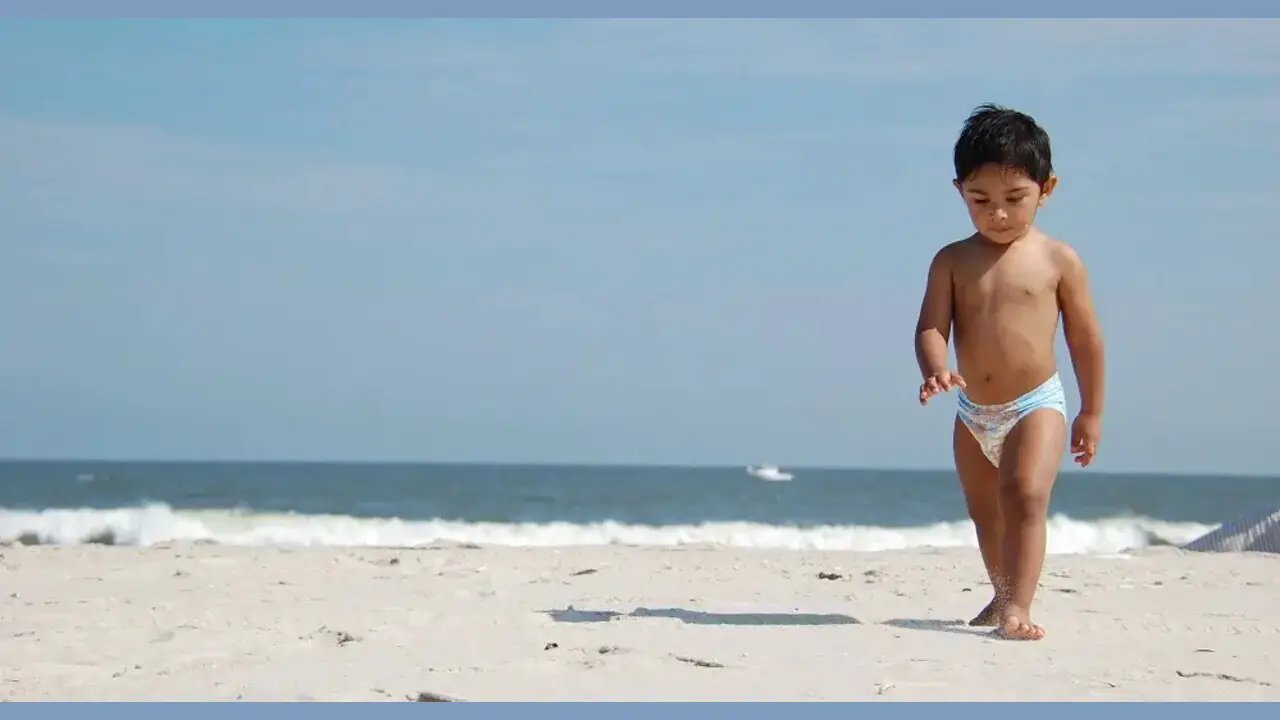
Preventing diaper rash at the beach is essential to ensure your little one has a comfortable and enjoyable time in the sun. Following these tips can help prevent diaper rash and ensure your little one has a fun-filled day at the beach. Here are six tips to help you prevent diaper rash while at the beach:
1. Change Diapers Frequently
One of the most important tips for caring for a baby is to change diapers frequently. Proper diaper changing keeps your little one clean and comfortable and helps prevent diaper rash and other skin irritations. Check the diaper often and change it when it becomes wet or soiled. Being proactive with diaper changes ensures your baby stays dry and healthy throughout the day.
2. Use A Barrier Cream
Another essential tip for baby care is to use a barrier cream during diaper changes. This cream creates a protective layer between your baby’s skin and the wetness in the diaper, reducing the risk of diaper rash.
Apply a small amount of the cream to clean dry skin before wearing a fresh diaper. This will help keep your little one’s delicate skin soft and free from irritation. Remember to choose a cream specifically formulated for babies’ skin to ensure it is gentle and safe.
3. Opt For Breathable Diapers
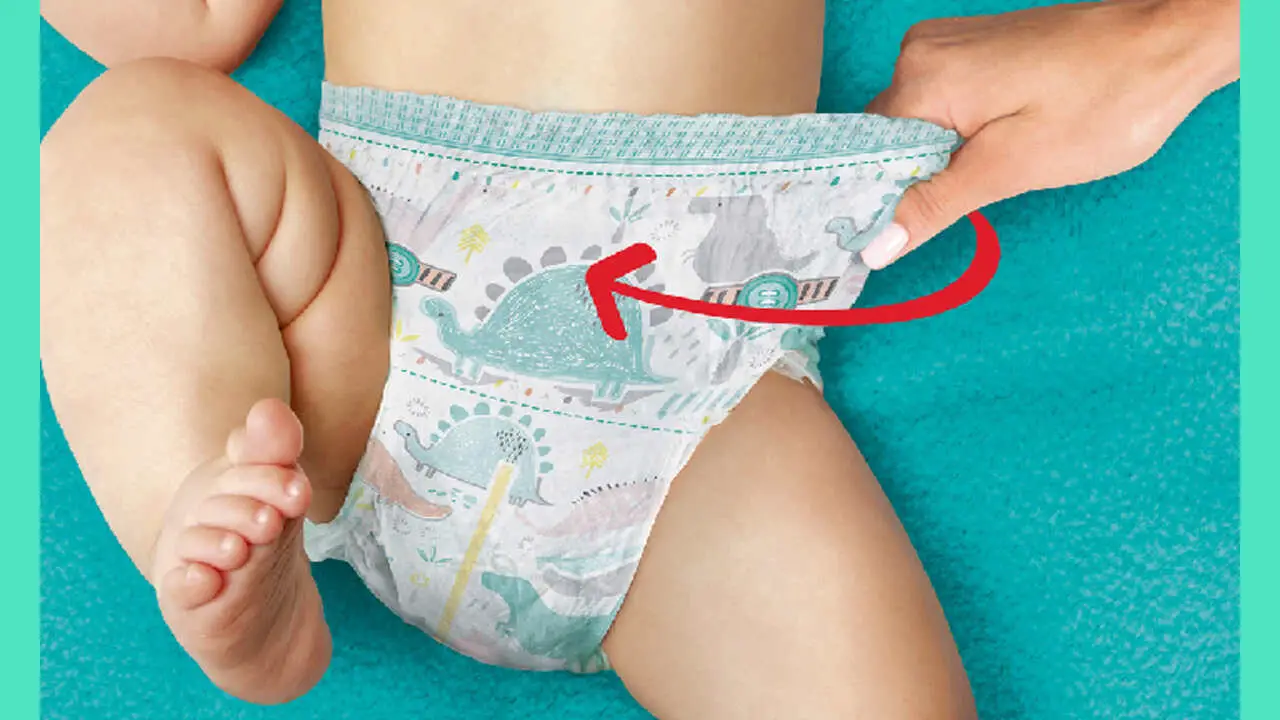
When selecting diapers for your baby, consider opting for breathable options. Breathable diapers allow air to circulate your baby’s bottom, reducing the risk of skin irritation and diaper rash. These diapers are typically made with materials that help keep your little one’s skin dry and comfortable, even during extended wear.
Look for diapers with a breathable outer layer and absorbent core to keep your baby fresh throughout the day. Choosing breathable diapers is a simple yet effective way to prioritize your baby’s comfort and well-being.
4. Avoid Tight-Fitting Swimwear
When taking your little one for a swim, it’s important to choose swimwear that allows for comfort and freedom of movement. Avoid tight-fitting swimwear as it can cause discomfort and chafing on your baby’s delicate skin. Instead, opt for swimwear made from soft, stretchy materials that provide a snug but not restrictive fit.
Look for swim diapers specifically designed to contain any accidents while allowing water to flow through easily. By choosing the right swimwear, you can ensure your baby enjoys their time in the water without discomfort or irritation.
5. Rinse Off After Swimming
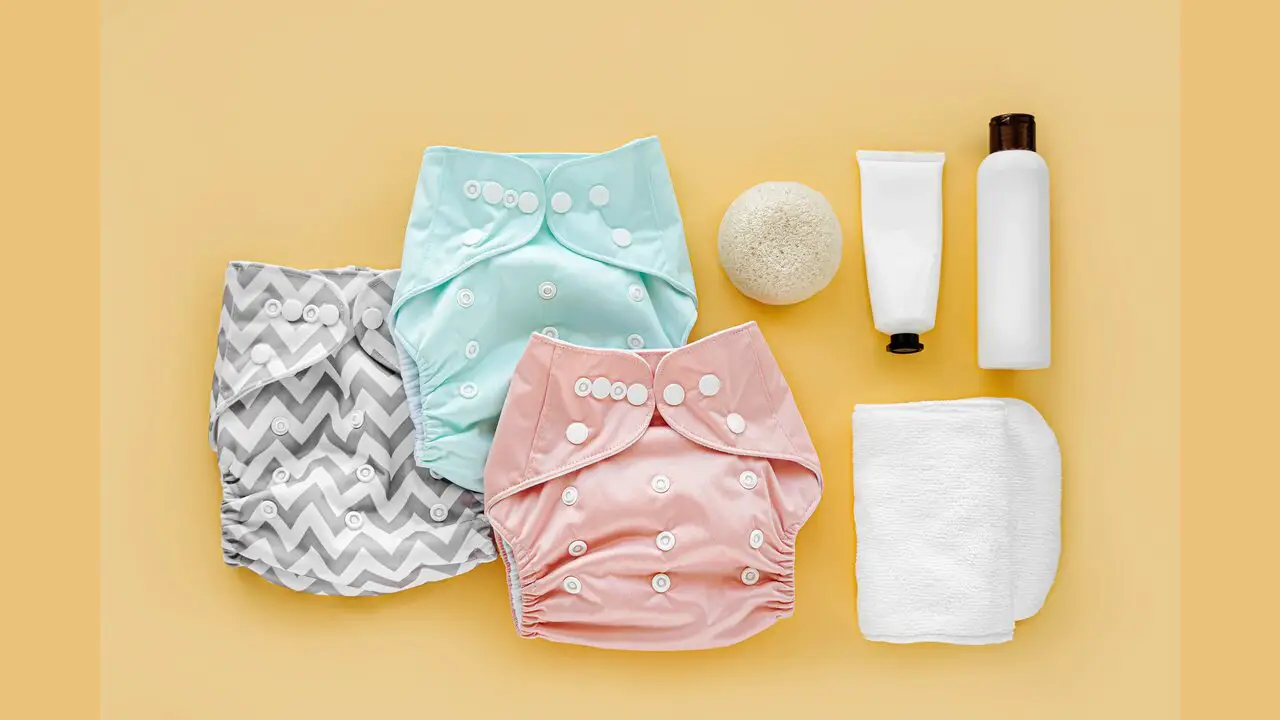
After a fun day in the water, it’s essential to rinse off your baby’s skin to remove any chlorine or salt residue. This will help prevent dryness and irritation. Use lukewarm water and a gentle baby wash or cleanser to cleanse your little one’s skin. Pay extra attention to the diaper area, as chlorine can sometimes linger and cause discomfort.
After rinsing, gently pat your baby’s skin dry with a soft towel. Remember to moisturize their skin with a gentle lotion to lock in moisture and keep their skin soft and hydrated. These simple steps will ensure your baby remains comfortable and happy while wearing diapers and swimming.
Choosing breathable regular diapers will keep them fresh throughout the day while avoiding tight-fitting swimwear will prevent discomfort and chafing. Remember to rinse off after swimming to remove chlorine or salt residue and moisturize your skin to keep it soft and hydrated. By following these steps, you can prioritize your baby’s comfort and well-being.
6. Give Some Diaper-Free Time
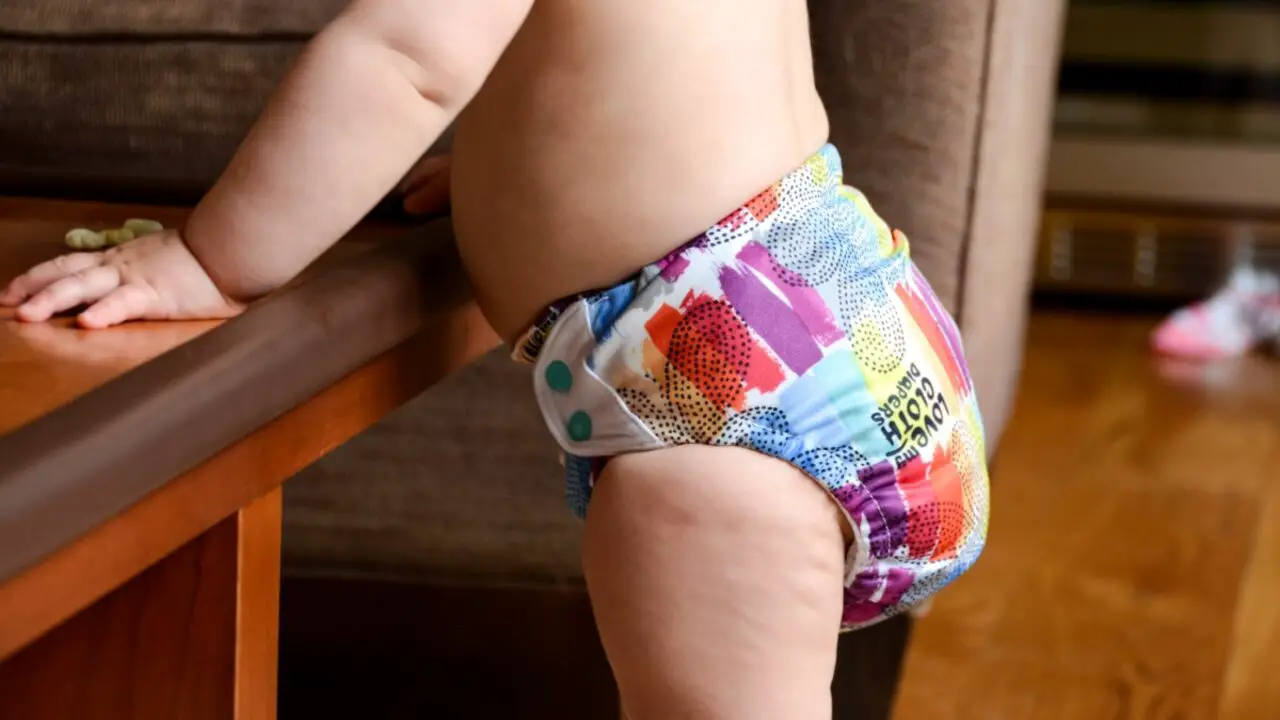
To further promote your baby’s comfort and prevent diaper-related discomfort, giving them some diaper-free time is a good idea. Allowing your little one to go without a diaper for short periods throughout the day can help their skin breathe and prevent irritation. Lay down a towel or waterproof mat in a safe area and let your baby explore freely without the constraints of a diaper.
Not only will this give their skin a chance to breathe, but it can also aid in preventing diaper rash and promoting healthy development. Remember to keep a close eye on your baby during this time to avoid accidents and be ready to address any messes that may occur quickly. Enjoy this special bonding time with your baby while keeping their comfort and well-being in peace of mind.
How To Choose The Right Diapers For The Beach
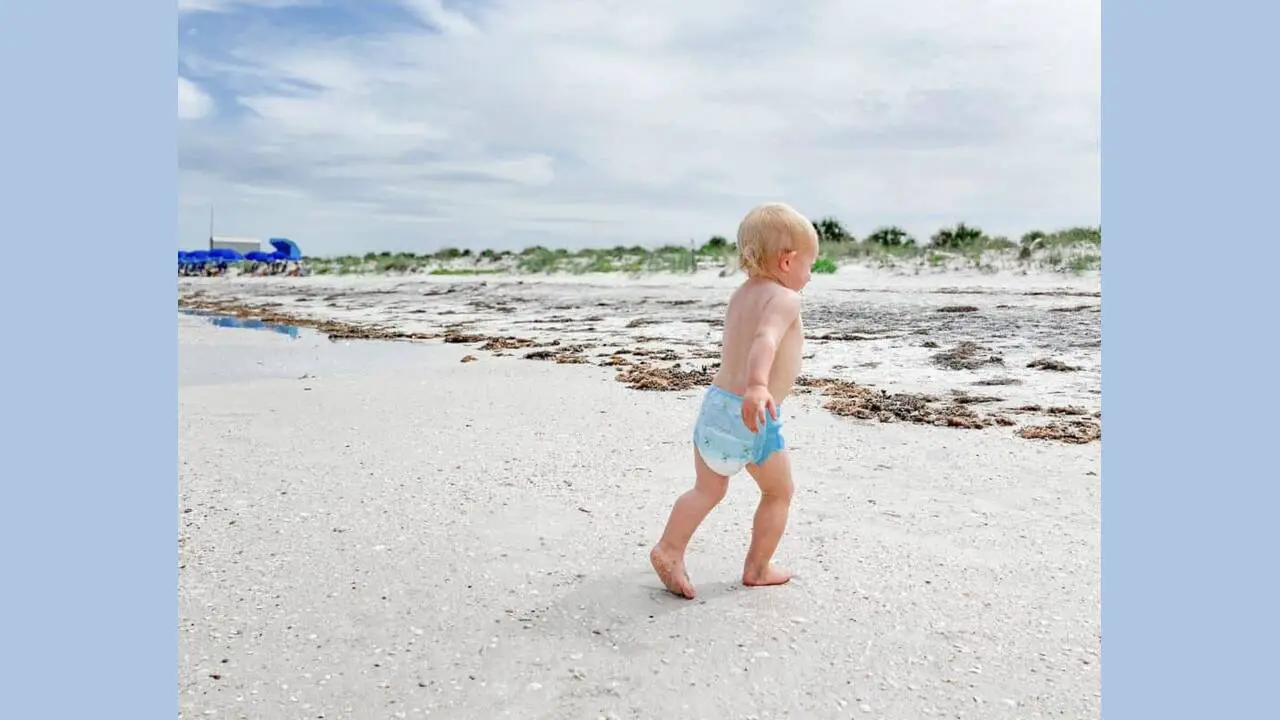
Choosing the right diapers is crucial when preventing diaper rash at the beach. Choosing the right diapers for the beach can help protect your baby’s skin and enjoy a worry-free day in the sun. Here are some key points to consider:
- Look for diapers with a high absorbency level. The beach can be hot and sweaty, so you’ll want a diaper that can handle moisture effectively.
- Opt for diapers with a snug fit. This will help prevent sand from getting inside the diaper and causing irritation.
- Consider using wet swim diapers specifically designed for water activities. These diapers are made with special materials that won’t swell up in water and provide protection against leaks.
- Check for diapers that have a moisture-wicking lining. This feature can help dry your baby’s skin and reduce the risk of diaper rash.
- Avoid diapers with fragrances or harsh chemicals that may irritate your baby’s sensitive skin.
How To Treat Diaper Rash On The Beach
When dealing with diaper rash on the beach baby, keeping the diaper area dry and clean to prevent further irritations is essential. Change the diapers frequently and use a wet cloth for wiping instead of pre-packaged wipes, as they may contain alcohol or fragrances that irritate your baby’s inflamed skin. Consider using barrier ointments or creams to lock in the moisture and prevent chafing.
When travelling to the beach, bring a changing pad, extra disposable diapers and wipes, and mess-free diaper rash cream in case of an emergency. To avoid further irritation by chlorine, saltwater, and beach sand, rinse off your baby as soon as it leaves the pool or ocean.
A quick-acting diaper rash cream can also help form a barrier and soothe the affected area, provided that the area is dry. Diaper rash can often be prevented with these steps, but consult a paediatrician if it does not improve or worsen.
How To Deal With A Baby Who Has Diaper Rash At The Beach

Dealing with a baby with a diaper rash at the beach can be challenging. Keeping the baby’s diaper area clean, dry, and protected is essential to prevent further irritation. Frequent diaper changes and the use of wet cloths to wipe instead of pre-packaged baby wipes that usually contain alcohol and chemicals. Applying a barrier ointment or cream can reduce friction, which could lead to further irritation.
When using powders, ointments, or creams, avoid using ones that can block pores or keep the skin warm water is best. If the rash appears severe, contact your baby’s paediatrician to see if prescription medication is required. An all-natural, soothing cream that can prevent or treat diaper rash can make the baby happy and comfortable.
What To Do If Your Child Has A Severe Case Of Diaper Rash At The Beach
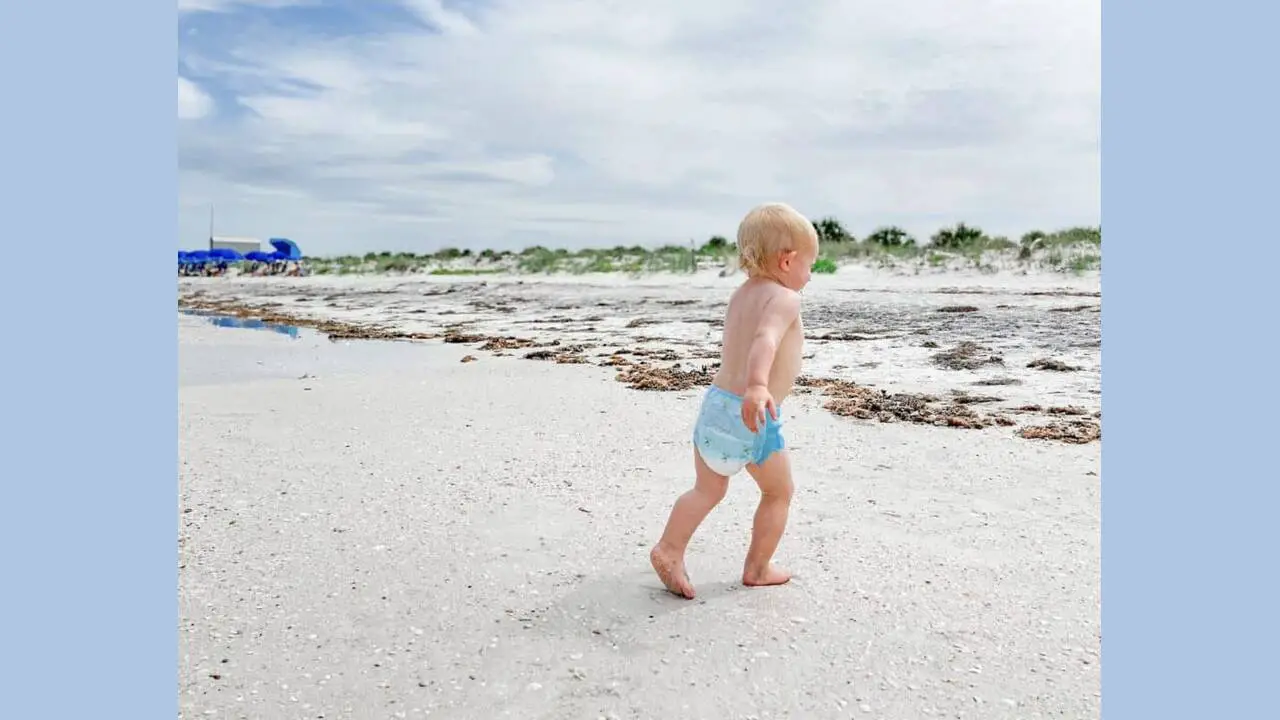
Preventing diaper rash at the beach is crucial for your baby’s comfort and well-being. However, immediately contact your paediatrician if your child develops a severe rash on the beach day. Furthermore, applying diaper rash cream on the affected area can help to soothe the area and prevent further irritation.
Changing your baby’s diaper frequently is essential, keeping the area dry and clean as best as possible. Additionally, keeping your baby in the shade can prevent the rash from worsening. Please ensure you have enough ventilation to keep the affected area fresh. Finally, remember to pack sunscreen, sunglasses, and towels for yourself. Ready to splash and enjoy the sun?
Conclusion
Preventing diaper rash at the beach ensures your little one can enjoy the sand and waves without discomfort. It’s always better to be prepared and take essential precautions to prevent diaper rash. This includes choosing the right diapers, changing them frequently, protecting your baby’s skin with sunscreen and lightweight cloth diapers, and keeping them hydrated.
If your baby does develop a rash, don’t worry, it’s easily treatable with the right care. We have provided tips on how to prevent diaper rash at the beach. Following these tips ensures your baby stays dry and comfortable during their beach trip.
Frequently Asked Questions
[rank_math_rich_snippet id=”s-3cf8370f-fe70-439f-acf4-922116b4e745″]
